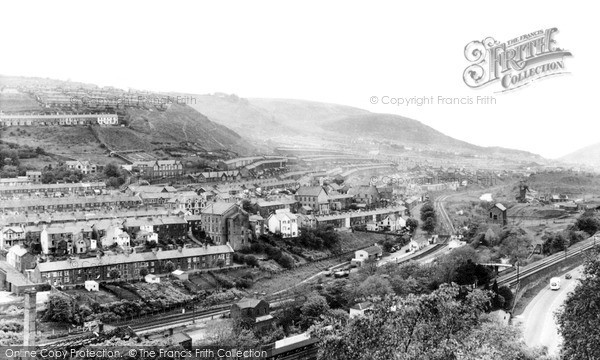sunday at rosie's
Then there was Rosie's; the local cafe, run, as many if not most were by an Italian family. It was here at a tender age of five I was introduced to coffee, real coffee. Rosie's had a true Italian espresso maker. Large, shiny, fascinating, steaming and very noisy. The mere aroma of espresso always takes me on a magic carpet ride back to Rosie's, for when you walked into her place that was all you smelt, it was and still remains a hypnotic small for me. In my later childhood years, mother would always make what she referred to as 'milky coffee' whenever a treat / special occasion was called for. Instant coffee powder, sugar and boiled milk; her version of a latte years, decades before they became fashionable. And if on the rare occasion she had spare pennies, it was made with Camp coffee; a liquid coffee essence with chicory. Now that was a rare treat, that was a special occasion when the Camp coffee came out.

We had a pet back then, a dog, a Pekinese, by the name of Chan. Chan also loved ice cream and on occasions, Chan would also be bought a small ice cream. When we got home, along with my sisters I would take turns holding the cone, while this pug faced dog would poke out his little pink tongue and lap up (in every sense of the word) the creamy, icey treat.
Those Sunday's bring to mind one more memory, a strange one at that. As with most families in the 60's, after enjoying a Sunday roast at lunchtime, Sunday tea was always special. A high tea, I guess you could call it, sandwiches, cake etc. I don't recall what we had, but for some inexplicable reason I link three things to those Sunday afternoons; tinned strawberries, smokey bacon crisps and a TV show about ye olde days of pirates, galleons, cannon fire etc. For some reason Sir Francis Drake lurks in the dark recesses of my mind. I guess we all have childhood memories like that, one's that only make sense in our own heads but is hard to explain or justify to others, one's that cannot be verified but for some reason we just know to be true.
these are a few of my favourite ....
No childhood memories of course would be complete without memories of sweets, lollies, candy and all things sugary.
 Just up the road from us in our little village in Penrhiwceiber, were two shops. Firstly there was a general store, a corner store, a newsagent, the type of shop so wonderfully portrayed in that classic British comedy 'Open All Hours'. Call it what you will, all I knew was that it sold sweets! It was here that my sisters and I would go on the rare occasion we were given pocket money. But when we did, I seem to remember it was a 'threpenny bit' ; a single coin worth three old pennies, an amazing coin that was small, brassy in colour and had twelve sides.With this single little coin as I remember, I would get a plastic beaker of (soda) 'pop', (there was no choices, from what I could make out it was whatever the shopkeeper decided to give us, or whatever bottle he had open) Usually this was dandelion and burdock (my favourite), lemonade or ginger beer (my least favourite) I remember how it would burn my throat, so I didn't really care for it, although I love the stuff now. We would have to stand there, in the shop, drinking it, from a plastic beaker that god knows how many kids had drunken out of, god knows if it ever got washed!
Just up the road from us in our little village in Penrhiwceiber, were two shops. Firstly there was a general store, a corner store, a newsagent, the type of shop so wonderfully portrayed in that classic British comedy 'Open All Hours'. Call it what you will, all I knew was that it sold sweets! It was here that my sisters and I would go on the rare occasion we were given pocket money. But when we did, I seem to remember it was a 'threpenny bit' ; a single coin worth three old pennies, an amazing coin that was small, brassy in colour and had twelve sides.With this single little coin as I remember, I would get a plastic beaker of (soda) 'pop', (there was no choices, from what I could make out it was whatever the shopkeeper decided to give us, or whatever bottle he had open) Usually this was dandelion and burdock (my favourite), lemonade or ginger beer (my least favourite) I remember how it would burn my throat, so I didn't really care for it, although I love the stuff now. We would have to stand there, in the shop, drinking it, from a plastic beaker that god knows how many kids had drunken out of, god knows if it ever got washed!
We would also get a cone shaped, tuppenny bag of mixed sweets; bulleyes, fruit salad or blackjack chews, refreshers, parma violets, toffees, licquorice etc. Whatever the shopkeeper had put together.









